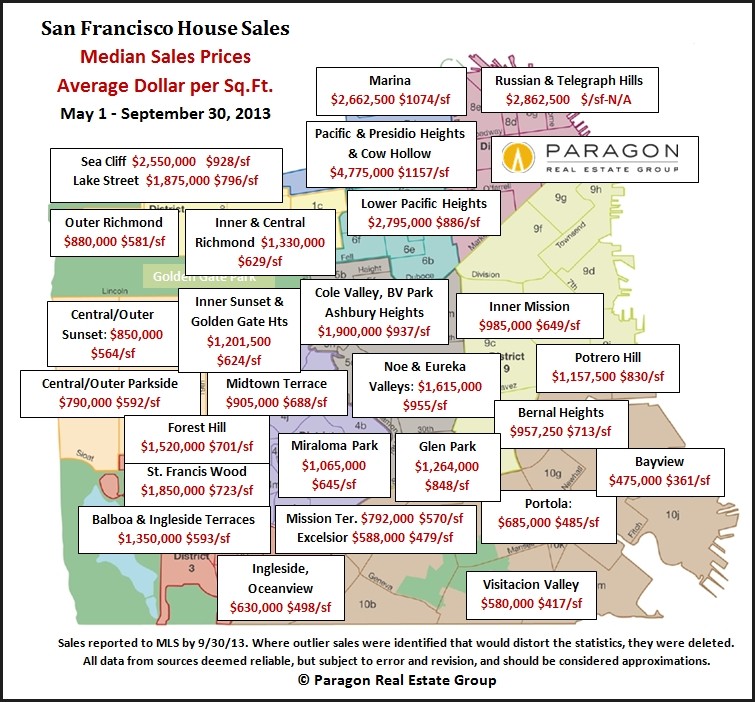Top appreciating home values and neighborhoods
Post on: 23 Сентябрь, 2015 No Comment

Know which neighborhoods have the highest home appreciation rates before you buy. You can search for neighborhoods in any city / state with the highest home value appreciation for the latest quarter, 1 year, 2 years, 5 years or more.
What our appreciation rate search provides
NeighborhoodScout reveals the home appreciation rates for every neighborhood in America. We provide neighborhood quarterly appreciation rates, annual appreciation, 2-year appreciation, 5-year appreciation, 10-year appreciation, and appreciation rates from 1990 to present. Our appreciation rate data allows you to select one of these time periods, and see which neighborhood homes appreciate the most through both up and down real estate markets, providing exclusive insights into which neighborhoods are likely good investments for the future. Neighborhoods with the highest home price increases are mapped instantly.
This exclusive appreciation rate search at the neighborhood level helps home buyers and real estate investors separate good performing neighborhoods from those that appear to be appreciating well right now, but that history has shown to lose their value more easily in past downturns. Since a home purchase is often the largest single investment for a family, such exclusive insights can be invaluable.
NeighborhoodScout has calculated home appreciation rates for each neighborhood in America as a percentage change in the resale value of existing homes in that neighborhood over the last quarter, 10 years, since 1990 and everything in between. We show both the cumulative appreciation rate, and the average annual appreciation rate for each time period (e.g. last 5-years: 84% total appreciation, Avg. per year: 16.8%). We also show how each neighborhood’s appreciation rate compares to other neighborhoods in the nation, and within the same state (e.g. 9 relative to the nation, 5 relative to California [10 is highest]). This makes comparisons of house appreciation equally easy for professional investors and individual homebuyers. In this example, the neighborhood is one of the highest appreciating in the nation over the last 5-years, but is only an average increase in values for the same period relative to other neighborhoods in the state of California.
About the appreciation rate data
Our data are designed to capture changes in the value of single-family homes at the neighborhood level. Different neighborhoods within a city or town can have drastically different home appreciation rates. NeighborhoodScout vividly reveals such differences (see example above). Our data are built upon median house values in each neighborhood, and combine data from the United States Bureau of the Census with quarterly house resale data. The data reflect appreciation rates for the neighborhood overall, not necessarily each individual house in the neighborhood.
Our data are calculated and updated every three months for each neighborhood, approximately two months after the end of the previous quarter. Each quarter, Fannie Mae and Freddie Mac provide their most recent mortgage transactions to the FHFA. These data are combined with the data of the previous 29 years to establish price differentials on properties where more than one mortgage transaction has occurred. The data are merged with neighborhood-specific median house values from the Census Bureau using NeighborhoodScout’s proprietary algorithms developed by Dr. Schiller, creating an updated historical database that is then used to estimate the appreciation rates for each neighborhood within each time period.
These resultant neighborhood appreciation rates are a broad measure of the movement of single-family house prices. The appreciation rates serve as an accurate indicator of house price trends at the neighborhood level.
How is the home appreciation data calculated?

Neighborhood appreciation rates from NeighborhoodScout are based on both median house value data reported by respondents via the U.S. Bureau of the Census, and a weighted repeat sales index, meaning that they measure average price changes in repeat sales or refinancings on the same properties. This information is obtained by reviewing repeat mortgage transactions on single-family properties whose mortgages have been purchased or securitized by Fannie Mae or Freddie Mac (by the FHFA). Then proprietary algorithms developed by Dr. Schiller, NeighborhoodScout’s founder, are applied to produce neighborhood appreciation rates. Appreciation rates are updated by NeighborhoodScout each quarter as additional mortgages are purchased or securitized by Fannie Mae and Freddie Mac. The new mortgage acquisitions are used to identify repeat transactions for the most recent quarter, then are fed into NeighborhoodScout’s search algorithms.
What transactions are covered in the appreciation rate data?
Neighborhood appreciation rate data are based on transactions involving conforming, conventional mortgages. Only mortgage transactions on single-family properties are included. Conforming refers to a mortgage that both meets the underwriting guidelines of Fannie Mae or Freddie Mac and that doesn’t exceed the conforming loan limit, a figure linked to an index published by the Federal Housing Finance Board. Conventional means that the mortgages are neither insured nor guaranteed by the FHA, VA, or other federal government entity.
Mortgages on properties financed by government-insured loans, such as FHA or VA mortgages, are excluded, as are properties with mortgages whose principal amount exceeds the conforming loan limit. Mortgage transactions on condominiums or multi-unit properties are also excluded. As such, NeighborhoodScout does not produce appreciation rates for neighborhoods that consist solely of renters or have no single-family homes (dwellings without an entrance directly to the outside).
View a sample home
appreciation rates report














